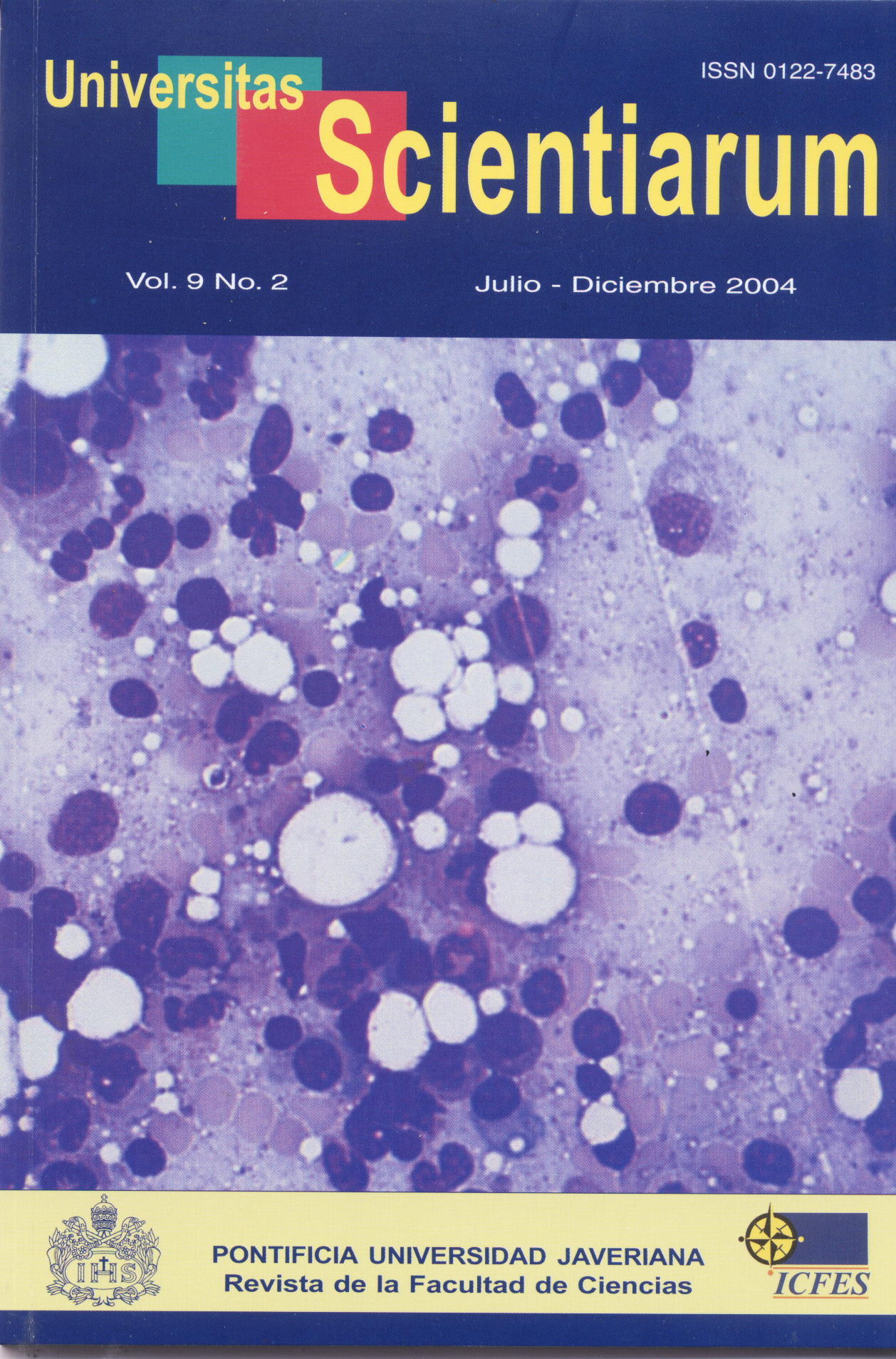Abstract
The stability in real time of four strains cryopreserved in 10% v/v of glycerol was evaluated during a 6-month period. The strains studied were Escherichia coli, Bacillus subtilis, Saccharomyces cerevisiae and Aspergillus niger. The Master Cell Bank (MCB), cryopreserved at -70ºC and -20ºC, was activated using two thawing protocols, a fast one (F) and a slow one (S). A better cell recovery was achieved with the -70ºC (F) protocol reaching a viability for Escherichia coli of 97.6% in the first 48 hours (p: 7.2x10-4). The viability was retained in the 4th (p: 1.5 x10-4), 5th (p: 4.6 x10-3) and 6th months (p: 1.9 x10-2). Bacillus subtilis retained a viability of 92.5% after the 2nd (p: 4.7x10-4), 4th (p: 1.76x10-1), 5th (p: 3.4x10-5) and 6thmonths (p: 3x10-2). Saccharomyces cerevisiae demonstrated a viability of 95% in the second month (p:9x10-3) and for Aspergillus niger, the viability was 94.8%, in the first 48 hours (p: 7.2 x10-4) and after the 4th month (p: 2.79x10-2). With the other protocols, -20ºC F and S, some changes in viability were observed due probably to the formation of eutectic mixtures, nucleation and re-crystallization processes. The Master Bank microbial purity was maintained at 100% during the time of the study.Univ. Sci. is registered under a Creative Commons Attribution 4.0 International Public License. Thus, this work may be reproduced, distributed, and publicly shared in digital format, as long as the names of the authors and Pontificia Universidad Javeriana are acknowledged. Others are allowed to quote, adapt, transform, auto-archive, republish, and create based on this material, for any purpose (even commercial ones), provided the authorship is duly acknowledged, a link to the original work is provided, and it is specified if changes have been made. Pontificia Universidad Javeriana does not hold the rights of published works and the authors are solely responsible for the contents of their works; they keep the moral, intellectual, privacy, and publicity rights. Approving the intervention of the work (review, copy-editing, translation, layout) and the following outreach, are granted through an use license and not through an assignment of rights. This means the journal and Pontificia Universidad Javeriana cannot be held responsible for any ethical malpractice by the authors. As a consequence of the protection granted by the use license, the journal is not required to publish recantations or modify information already published, unless the errata stems from the editorial management process. Publishing contents in this journal does not generate royalties for contributors.



